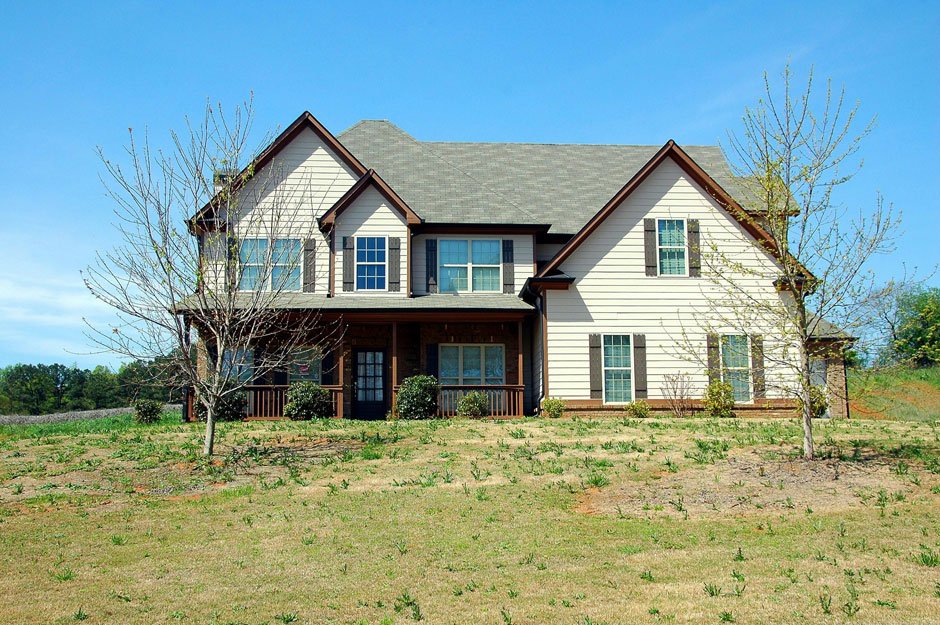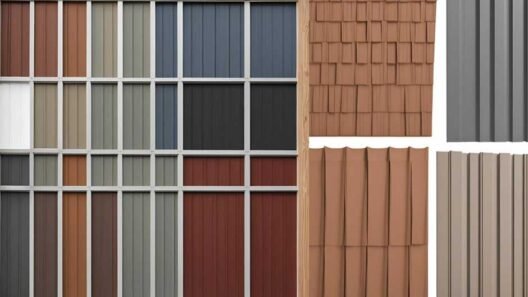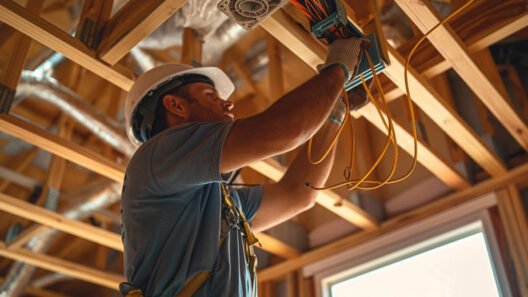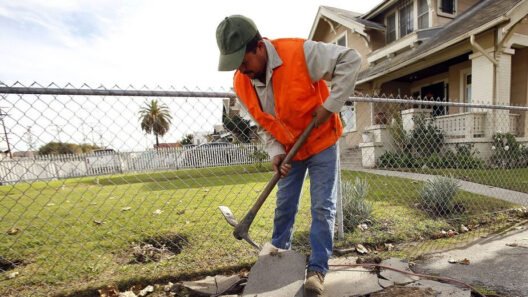A home should feel like a “home”. And when it doesn’t, it loses that certain attachment that every homeowner has to their pad. This detachment occurs when your home starts to reflect a version of you that you’ve outgrown. Many people go through this disconnect. The chipped trim, the overgrown shrubs, the dingy front step, they all secretly contribute to this detachment. And then it happens, one day, you pull into the driveway and realize you’ve stopped noticing the place you live. Curb appeal isn’t about making your home eye candy; it’s about staying connected to your space. When the outside of your house looks sharp, it says something about the life happening inside. And keeping that connection doesn’t take a renovation budget. It just takes the habit of noticing what’s quietly falling apart. Let’s walk you through the best way to maintain curb appeal year-round.
Keep The Roofline Clear, And Everything Below It Drier
Most of what drags curb appeal down starts at the top. When your gutters are clogged, water overflows. When your flash pulls up, stains spread on the siding. And when your roof starts to curl or crack, the rest of the house starts to look worn, fast. You don’t necessarily need to risk breaking a bone by climbing a ladder to catch these early. Just step back and scan the roofline. Are your gutters pulling away from the house? Are there dark streaks on the shingles or the walls beneath them? Is anything sagging? These are not minute cosmetic problems, these are the signs of pending doom. A leak or drainage issue might now show up inside right away, but it’s already hurting the outside. If you’re in Central Texas, a reliable Austin roof repair company can handle small fixes before they show up as real damage. Curb appeal starts here, because water always finds the weak spot first.
Focus on Your Entry Point, It’s The Visual Handshake of Your Home
Bringing the soul back to your home doesn’t necessarily require repainting it. Often, it’s the front door that carries the most weight. That’s where eyes naturally land. So, if your door paint has scratches, if the porch lights are rusted or out, if your welcome mat looks like it hasn’t been touched since last winter, that’s what people notice. And more importantly, it’s what you notice, whether consciously or not. Clean it. Fix It. Change it if you’re tired. Wipe down your door. Touch up the trim. Replace bulbs. Clear out spider webs. Make sure the path to your door is clean and unblocked. You don’t need expensive planters or fancy hardware. You just need the space to look like someone lives there and cares. This is the one area that sets the tone for everything else.
Clean Is the New Fancy
Curb appeal fades when lines blur. When the lawn creeps onto the sidewalk, when bushes spill past their borders, when vines start climbing places they shouldn’t. Your job isn’t to design a perfect yard. It’s to keep it from looking forgotten. That means edging the grass. That means cutting back overgrowth before it wraps itself around utility boxes or windowsills. That means pressure washing your siding if dirt or mildew is starting to stick. Once a month, walk around your home with fresh eyes. Don’t just look at the lawn. Look at how clean the windows are. Look at the mess hiding behind the trash bins or under the deck stairs. Tidy borders and clean surfaces do more for your home’s appearance than planting something new ever will. No need for complicated projects, just cut back what’s creeping in.
Final Words
Your house doesn’t need to look perfect. It just needs to look cared for. That’s all curb appeal is proof that you’re still connected to your home. You don’t get that from big upgrades or weekend marathons of yard work. You get it from quiet consistency. From checking the roofline before the next storm. From cleaning the front step before it looks like a storage space. From keeping the yard from swallowing the walls. When you make space to notice, your house shows it. And people feel it, even if they don’t know what’s changed.













